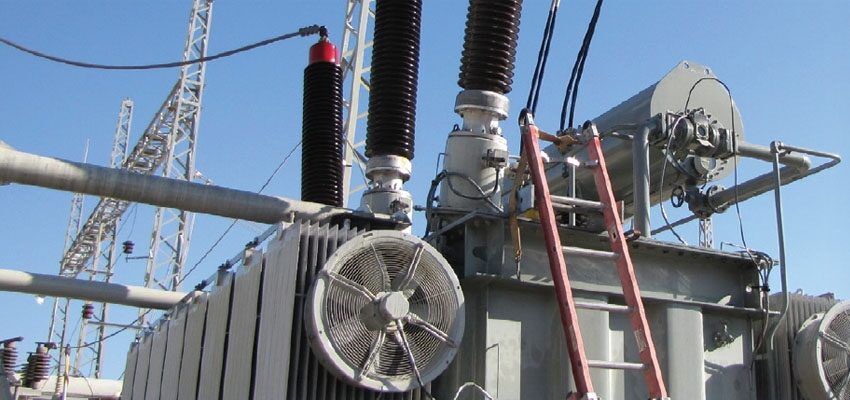
Column: Transformer maintenance
A century of dissolved gas analysis – part II Introduction With time, the size of the transformer increased exponentially both in power and voltage. Although...
byMarius GRISARU

A century of dissolved gas analysis – part II
Introduction
With time, the size of the transformer increased exponentially both in power and voltage. Although huge improvements have been made regarding the magnetic core and the decrease of core losses, a transformer is now producing much more heat due to the design optimisation and size reduction. Heat reduces the insulating properties of the insulating matrix, reducing the conducting properties and accelerating all chemical reactions including ageing and corrosion. The stresses from the insulation materials increase gradually. In the last century, the ratio of oil volume to the transformer power decreased substantially and concomitant with this trend, the transformer power and voltage increased. This means less cooling and less insulation for each MVA and kV.
The transformer’s efficiency increased as well, mainly due to the development of new core material alloys. Also, the thickness of the core plates gives assistance in reducing no-load losses.
Insulation oil history
1892 – Mineral refined oils
1906 – First insulating oil tests. development of breakdown voltages.
1900 – 1920: Refined oil consists of mixed hydrocarbon molecules, with oxygen, sulfur, and other components found in crude oil. Main insulating oils are naturally inhibited by aromatic anti-oxidant molecules and different sulfur compounds.
1923 – Intensive oil tests of breakdown voltage, gas in oil and other parameters. Soybean oil used as insulating oil since 1920
1990 – Modern stabilized biodegradable ester oil
2005 – Sulfur arises as potential issue. Although there are still some experts that do not consider this an issue, sulfur issues disrupted not only transformer oil production and insulation capabilities of the new high voltage and high loaded transformer but also the whole transformer industry. The rapid development of the new IEC62535 standard for detecting corrosive sulfur species began. New specifications in IEC60296 imposed high demands for stability and performance. Most of the not inhibited oils disappeared from the market. More refined oils allowed improving electrical properties on account of the oxidation stability. In fact, insulation oil manufacture process has changed. From this period on, insulating oils became more chemically processed due to synthetic procedures than refined oils. The internal molecular structure became more uniform, the dependence on origin of crude oil almost disappeared, and with it, the naphthenic and paraffin definitions disappeared.







